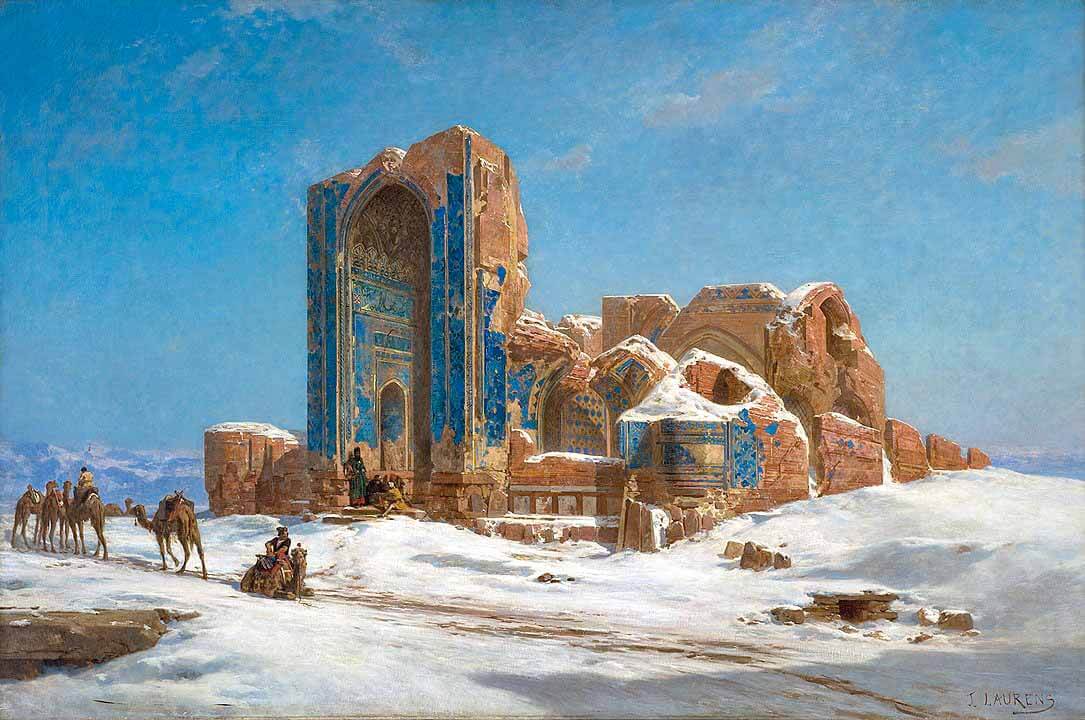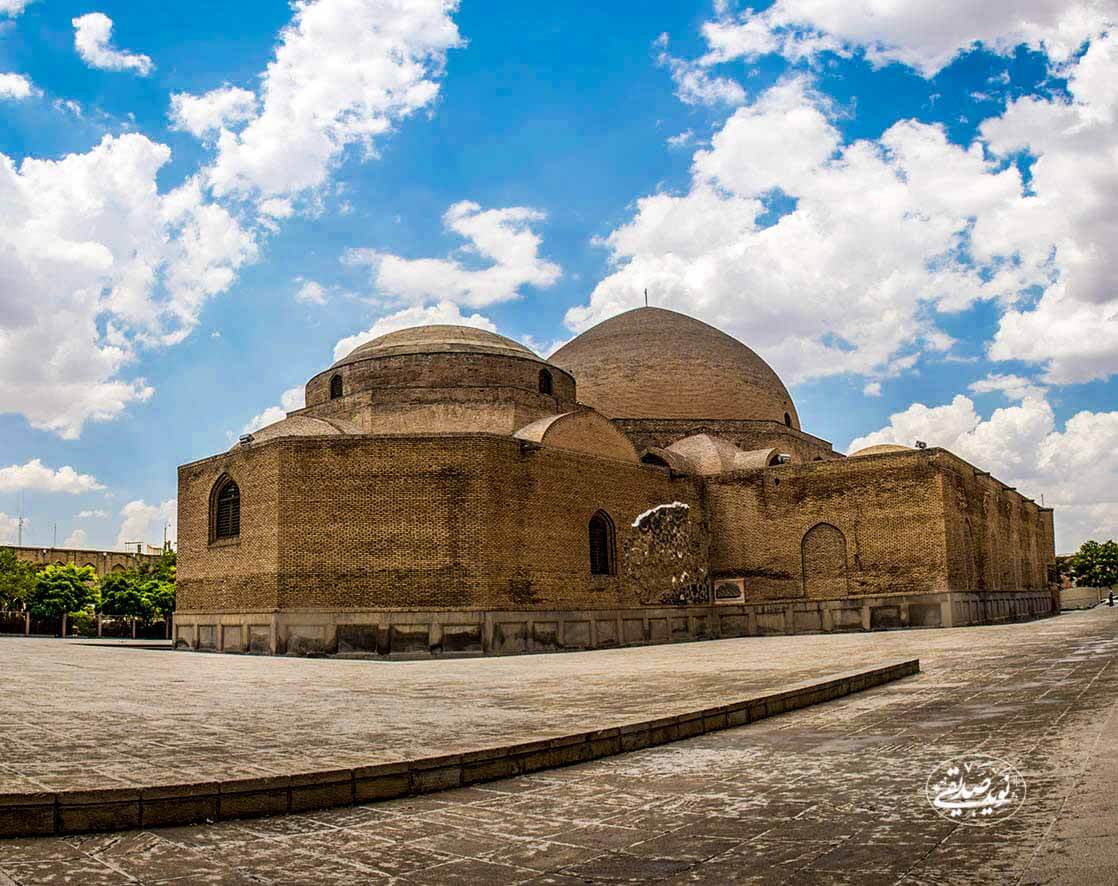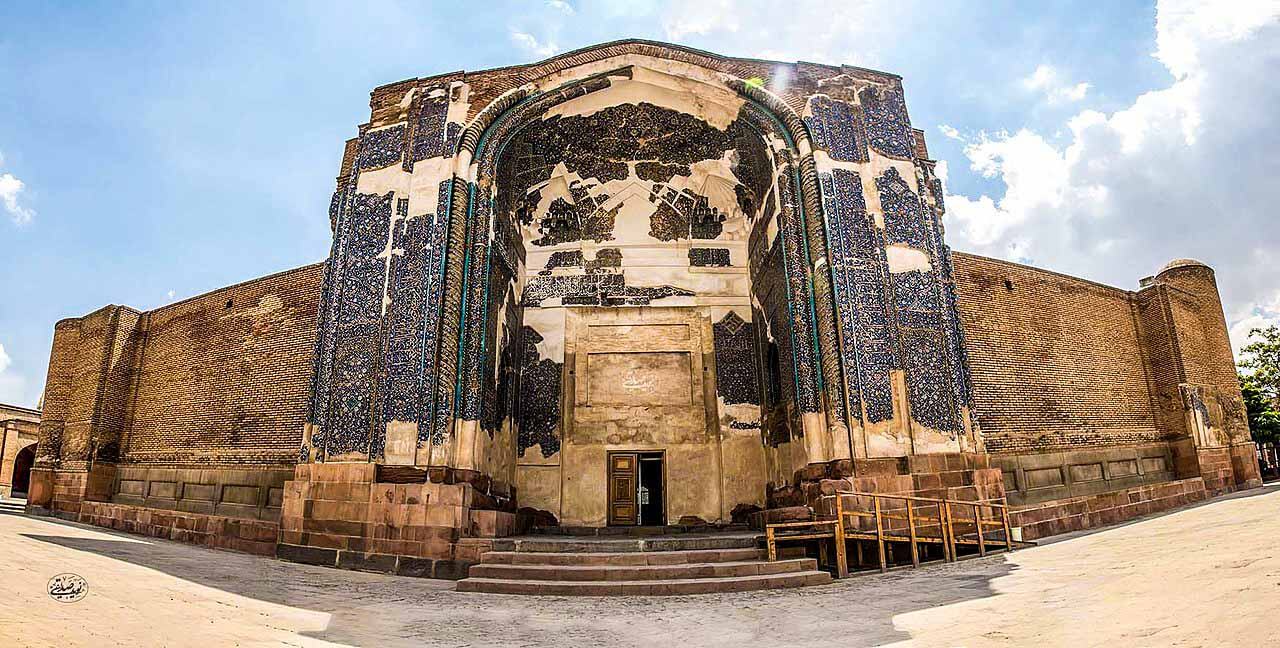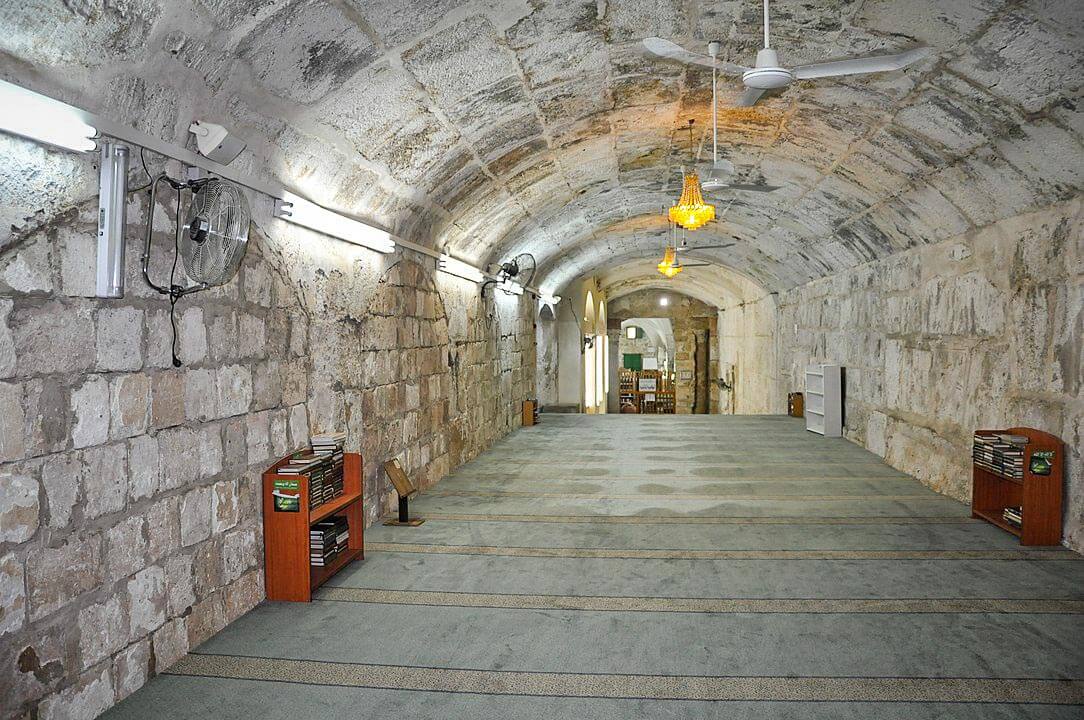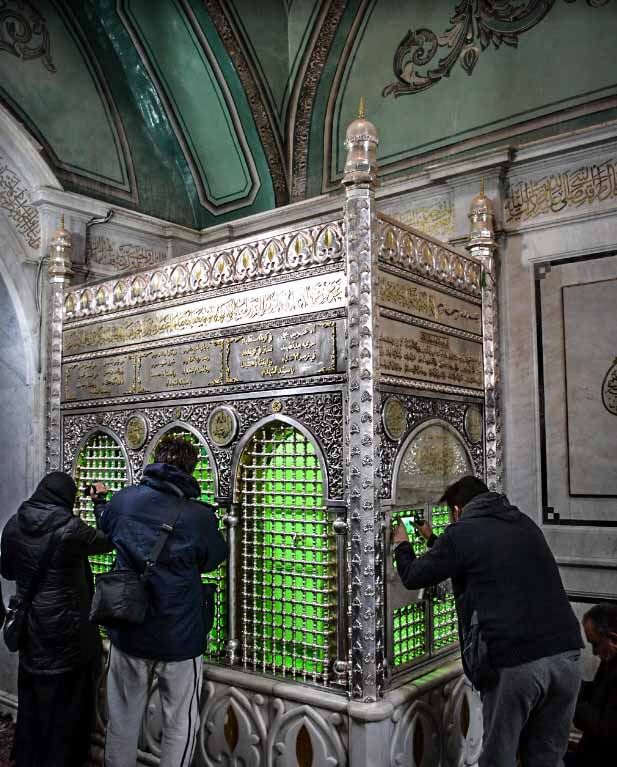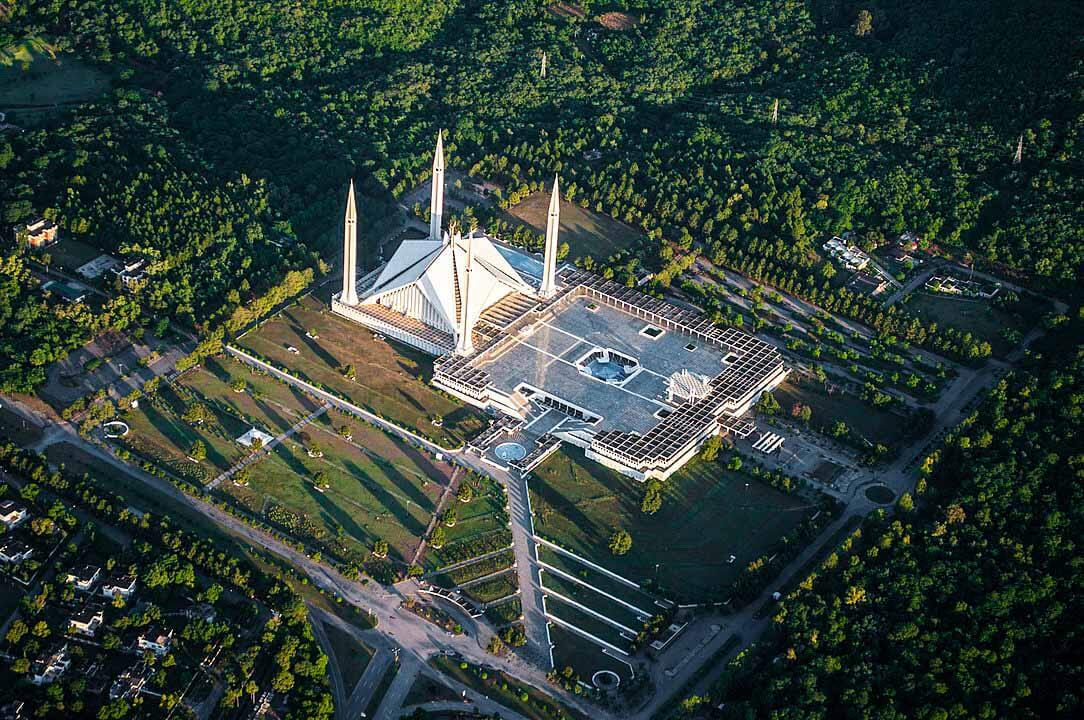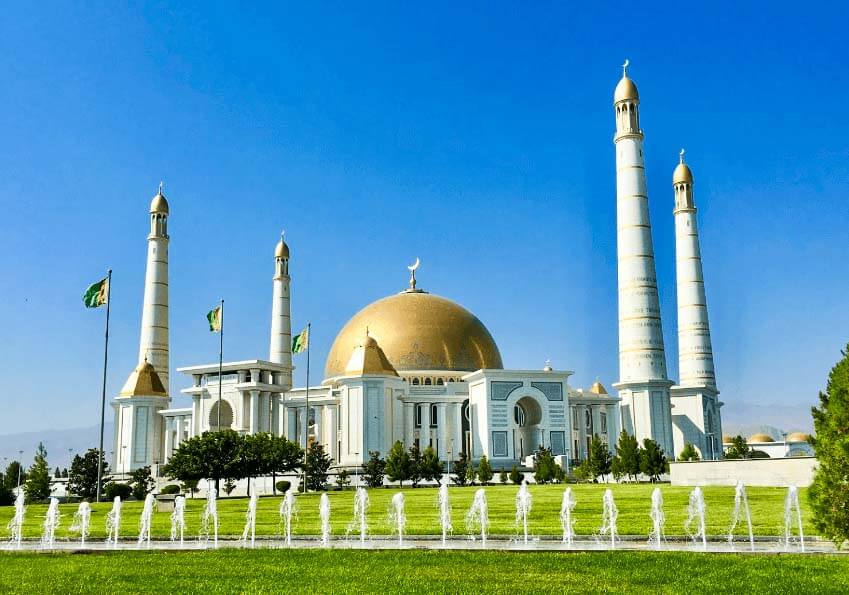Tabriz, Iran
Coordinates: 38.073590, 46.301080
The Blue Mosque is a historic mosque in Tabriz, Iran. The mosque and some other public buildings were constructed in 1465 upon the order of Jahan Shah, the ruler of Kara Koyunlu.
This 600 years earthquake experienced site has a very lovely tiles which escaped earthquake and like a puzzle, they are attached on the walls of the blue mosque and the entrance door as well giving fantastic and charming view to the visitors.
When the Safavids assumed control over Tabriz and made it their capital, the Blue Mosque itself served the new rulers as a mosque during the first half of the 16th century.
It was especially severely damaged by the earthquake of 1780.
However, in the 17th century, the Blue Mosque was already reportedly “completely destroyed and abandoned”.
The 15% of the original mosque that remains is said to be one of the two buildings in Tabriz that managed to survive.
In the 19th century, the local people of Tabriz looted the building’s ruins.
In the 20th century, during the Pahlavi era, the mosque was finally rebuilt.
Reconstruction is performed by plans and supervision of Mohammad Reza Memaran Benam, a traditional architect from Tabriz, with authority of the Iranian Organization of Cultural Heritages.
Reconstruction began in 1973 by Reza Memaran Benam under the supervision of Iranian Ministry of Culture. However, it is still incomplete.


